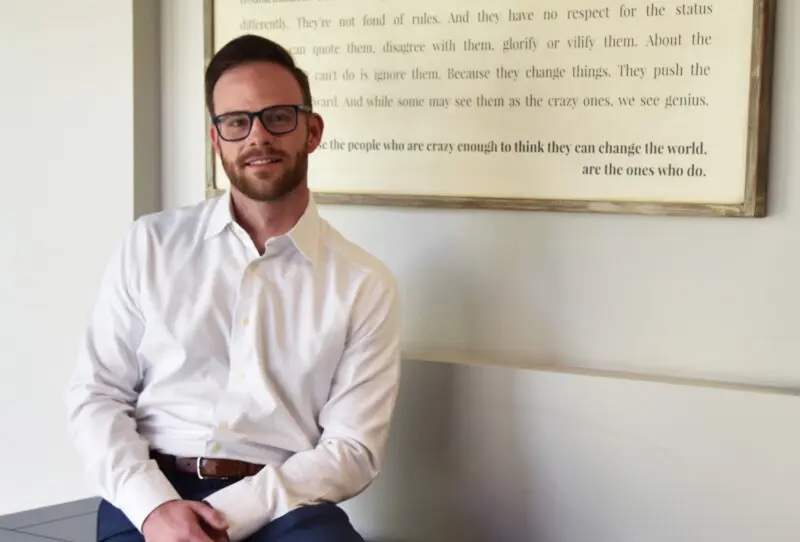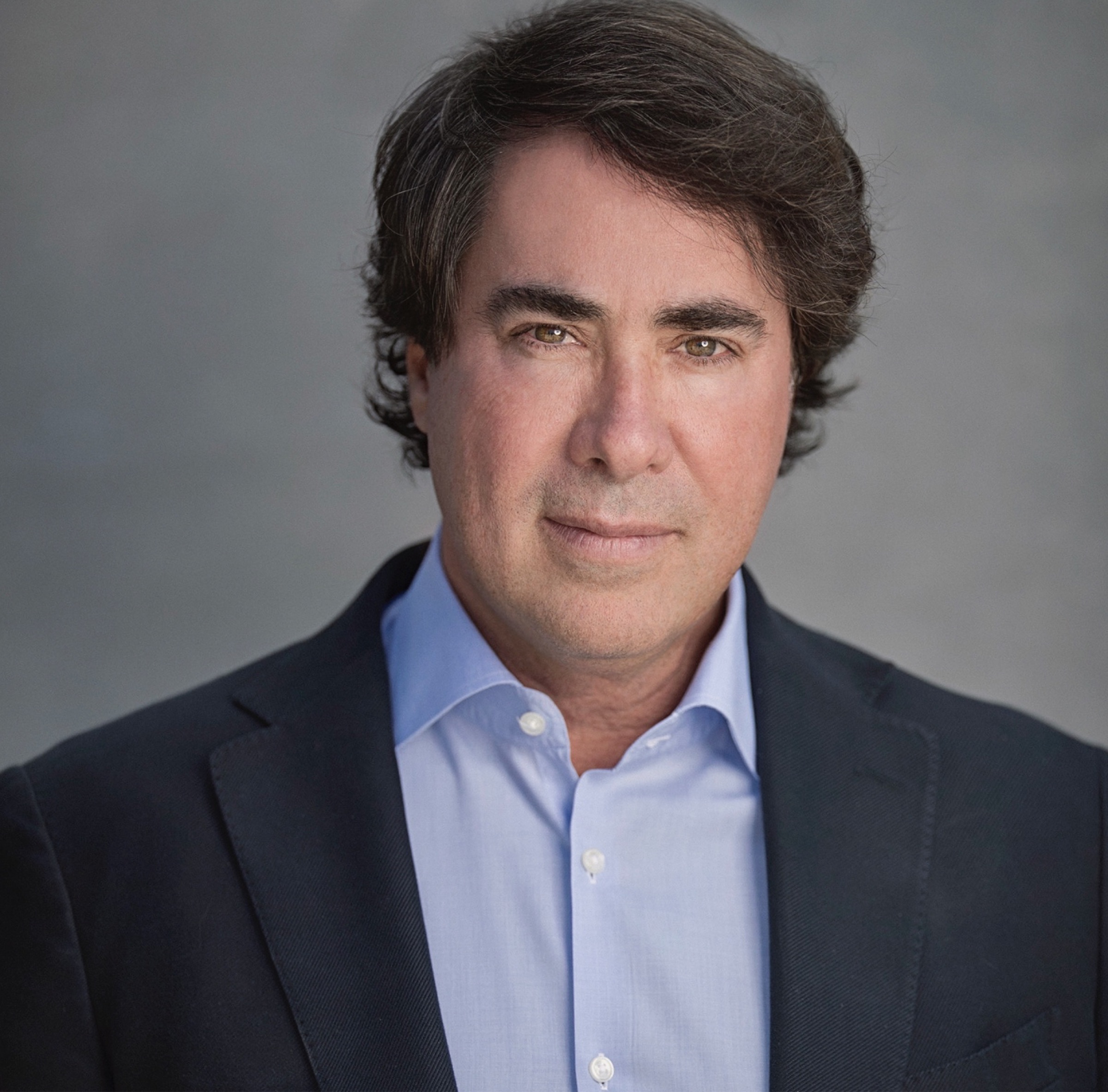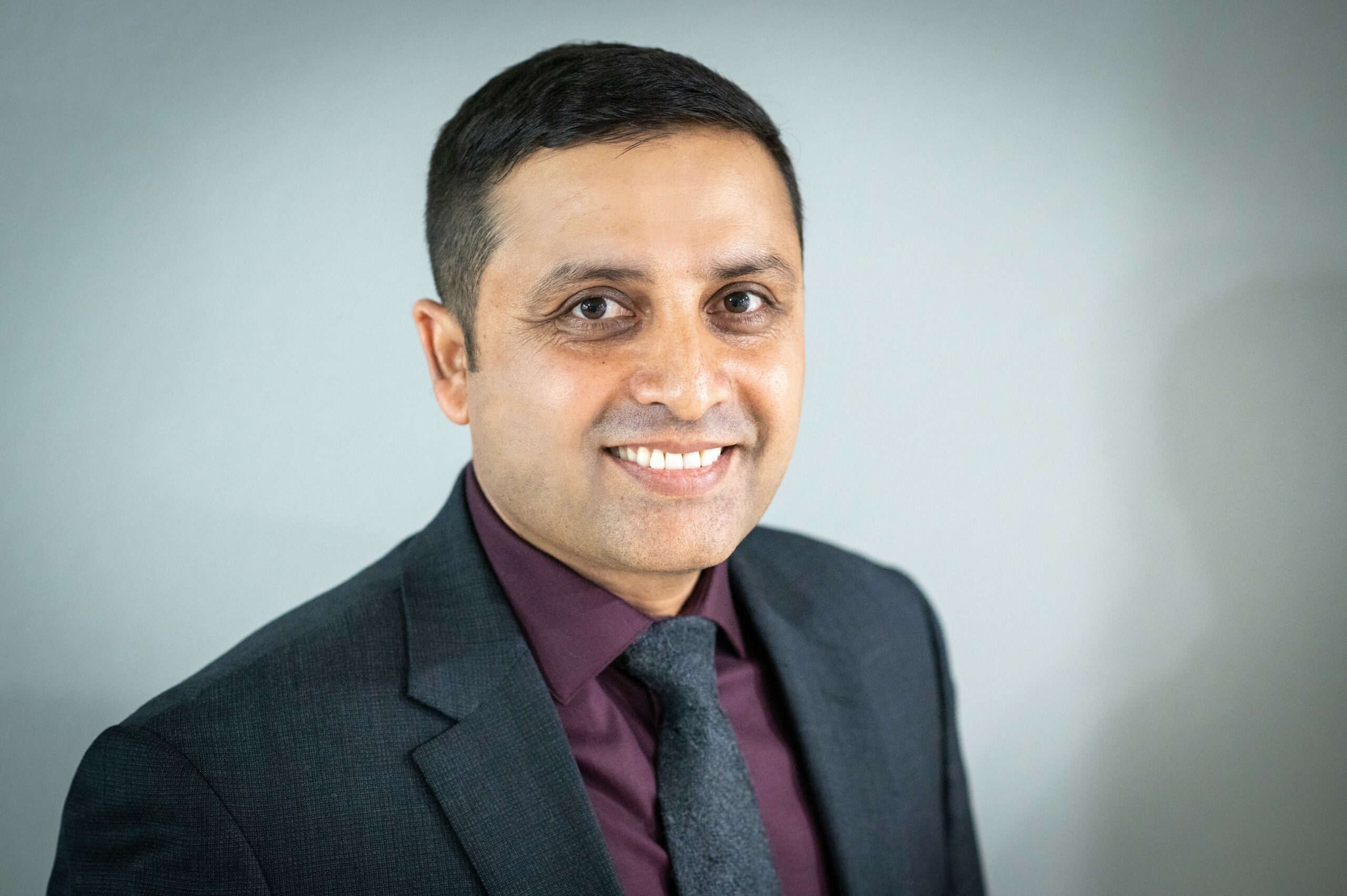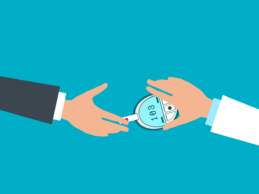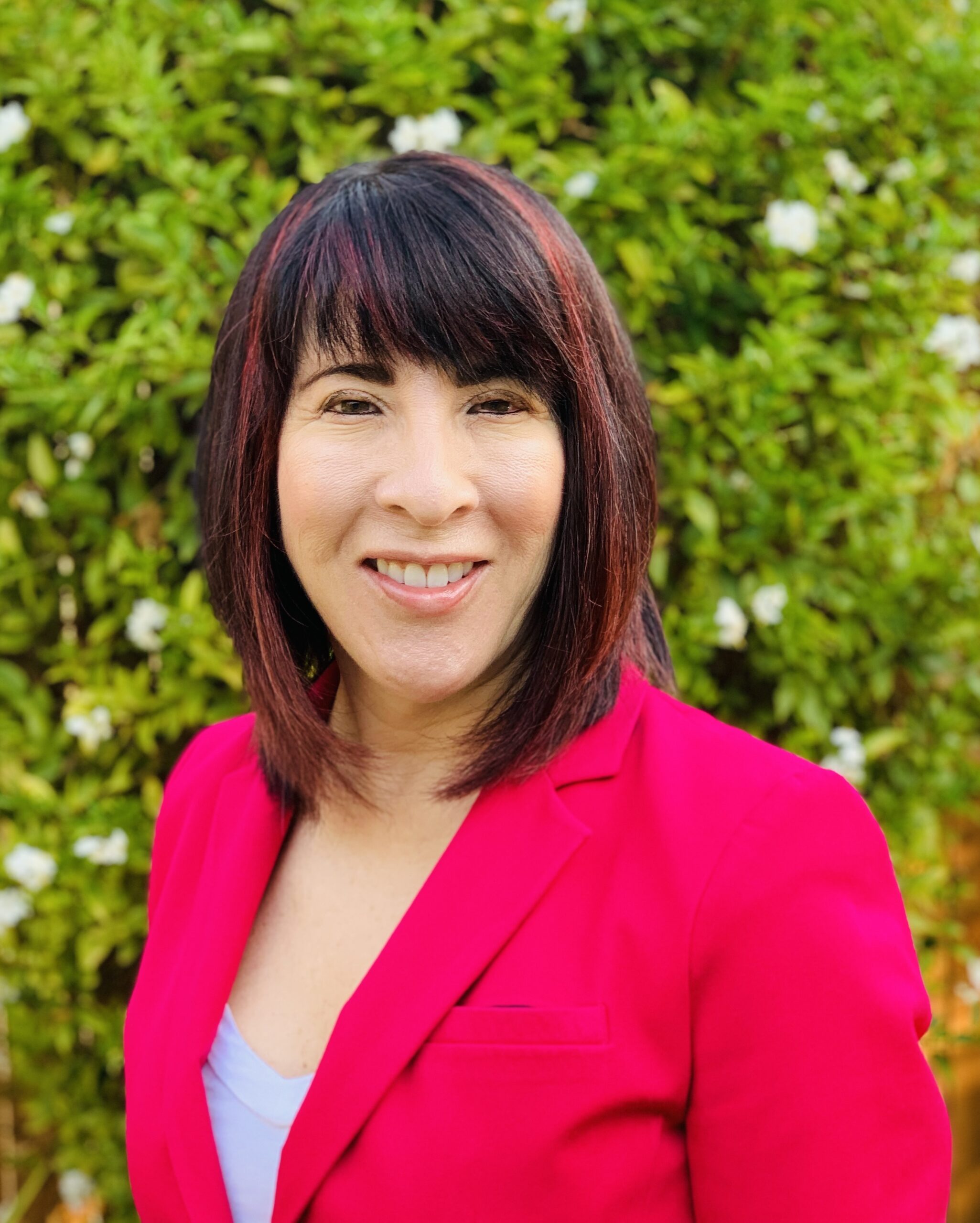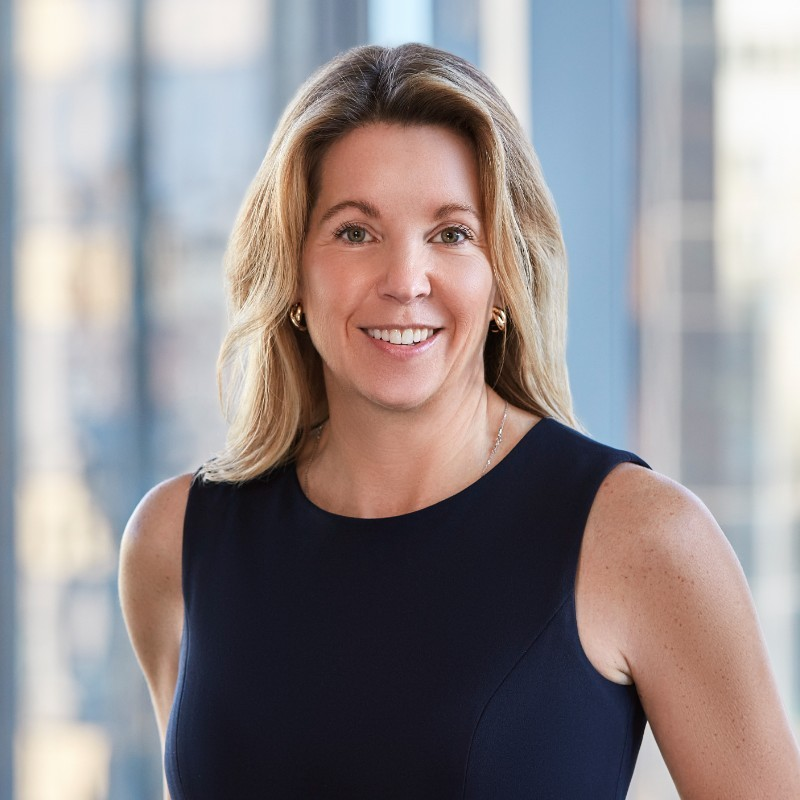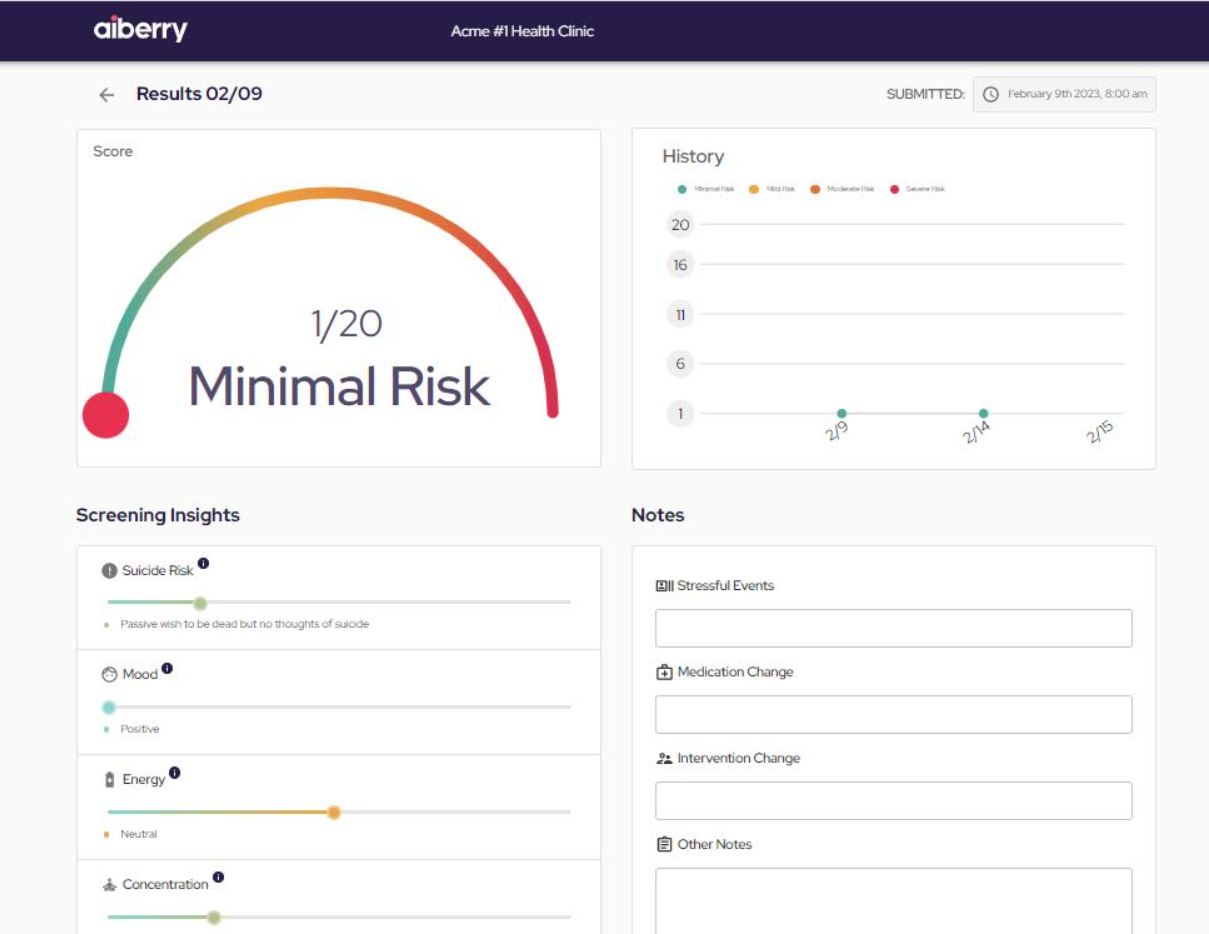The United States only represents five percent of the world’s population; however, Americans consume 80 percent of the world’s opioids.1 The U.S. is the world’s leader in the use of opioid medications to cope with physical and emotional difficulties. And the recent Walgreens and Wal-Mart multi-state opioid settlement agreement disclosures have only hammered home the point. America continues to have an opioid addiction problem.
In light of all these circumstances, the recent CDC
Read More
risk
How Hospitals Can Safely & Effectively Continue Patient Care Amid Rising Cybersecurity Risks
The world we live in is becoming increasingly integrated, and as it does, the amount of data also increases. It is estimated that 2.5 quintillion bytes – that’s 2,500,00,00,000 million, for perspective – are created, captured, and shared every day, and experts predict that number will grow exponentially in the coming years. Estimates show that the healthcare industry generates about 30% of the world’s data volume. That number is expected to reach a compound annual growth rate of 36% within the
Read More
Steps for Preventing Medical Malpractice Risks
Doctors and other healthcare professionals are entrusted with the responsibility of safeguarding the health and well-being of their patients, ensuring they receive the highest quality of care. While healthcare professionals are expected to provide a certain standard of care, any deviation from that standard that results in harm or injury to a patient may leave them exposed to a medical malpractice claim.
The consequences of medical malpractice can be severe, and in some cases, can result in
Read More
Q/A: Dr. Masturzo Talks Addressing Food Insecurity with Patients
Today, food insecurity affects more than 41 million Americans and is prevalent among children and the elderly population. Food insecurity is defined as the limited availability of nutritionally adequate and safe food or the inability to acquire these foods in socially acceptable ways. As a result, food insecurity can exacerbate medical conditions driving up hospital/health systems patient care costs. To learn more about how healthcare providers can address food insecurity, we sat down with Dr.
Read More
3 Public Health Messaging Failures: What Went Wrong and How to Fix It
Public health crisis communications plans have the power to improve outcomes, reduce long-term healthcare costs, and save lives. These plans should convey crucial health information to impacted groups with recommendations on how and when to seek care and reduce spread. The consequences of ineffective, inconsistent, or absent public health messaging in times of crisis are grave, leading to the mistrust of healthcare institutions, stigmatization of impacted groups, and decreased likelihood of
Read More
Enabling a Better Future for All by Embracing Healthcare Interoperability
The Centers for Medicare and Medicaid Services (CMS) has laid the critical groundwork to create a connected healthcare system in which patients, providers, and payers can easily exchange information. This is thanks in part to the release of the Interoperability and Patient Access Final Rule. With new policies now in place, CMS aims to generate better health outcomes through improved interoperability and better access to health information for all stakeholders.
CMS has also identified a new
Read More
National Kidney Foundation and Healthy.io Partner on Kidney Disease Detection
What You Should Know:
- The National Kidney Foundation (NKF), a non-profit health organization and Healthy.io, a global leader in transforming the smartphone camera into a clinical-grade medical device, announced a new effort to promote the detection of chronic kidney disease (CKD).
- Through their partnership, the NKF and Healthy.io will offer Healthy.io's Minuteful Kidney™ at-home kidney test, free of charge, to people who are at risk for kidney disease.
Healthy.io's Minuteful Kidney
Read More
Risky Business of Health Trackers: What Digital Health Leaders Need to Know
Gone are the days when healthcare information was only available to us at the doctor’s office or through the office's online portals, and that’s in part due to the rapidly growing popularity of wearable technology devices. It’s estimated that 1 in 5 adults in the U.S. use a fitness or health tracker to monitor things such as heart rate, blood pressure, sleep cycle, and stress. But this information is being used beyond just monitoring specific conditions. Take me, for example; I personally use my
Read More
A Smarter Approach to Commercial Ecosystems for Superior HCP Experiences
The commercial life science industry continues to undergo a radical shift in the way it interacts with healthcare providers (HCPs) and consumers. In today’s complex, fast-paced market, traditional life science commercial models no longer cut it.
Fortunately, technology has advanced to enable the agile transition and optimization of customer engagement channels through automation and intelligence-driven workflows. Successful enterprises will leverage these technology advancements to
Read More
Aiberry Secures $8M for AI-Powered Mental Health Screenings
What You Should Know:
- Aiberry (pronounced “I” + “berry”), an AI-powered mental health screening pioneer today announced that it has secured $8M in seed funding led by Confluence Capital Group, Inc. (CCG) with participation from the VC fund Ascension AI. This brings total funding to $10M
- The company plans to use the latest round of funding to accelerate the adoption of the Aiberry platform, which uses an AI-powered therapeutic assistant to conduct a conversation to detect mental health
Read More

